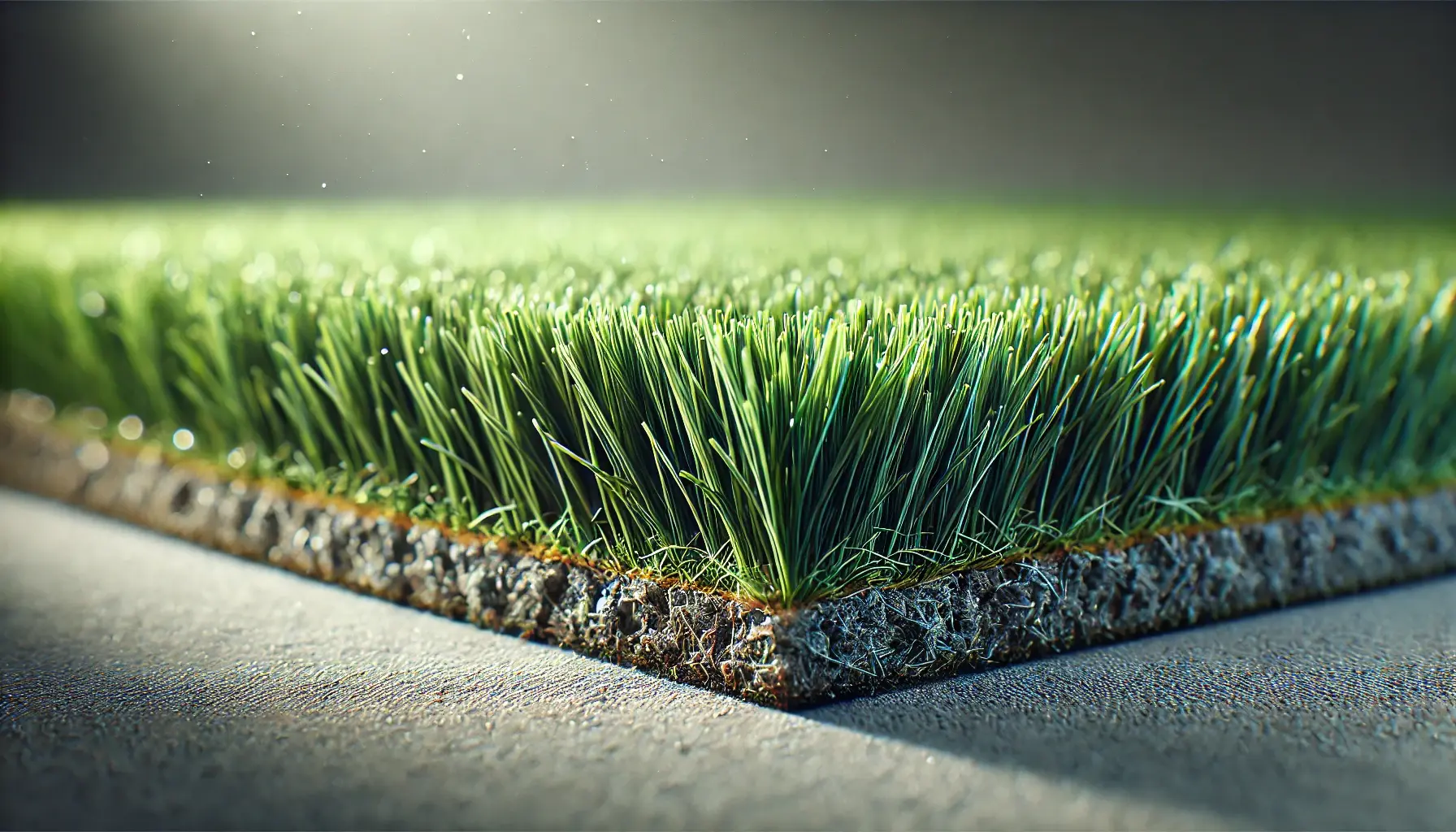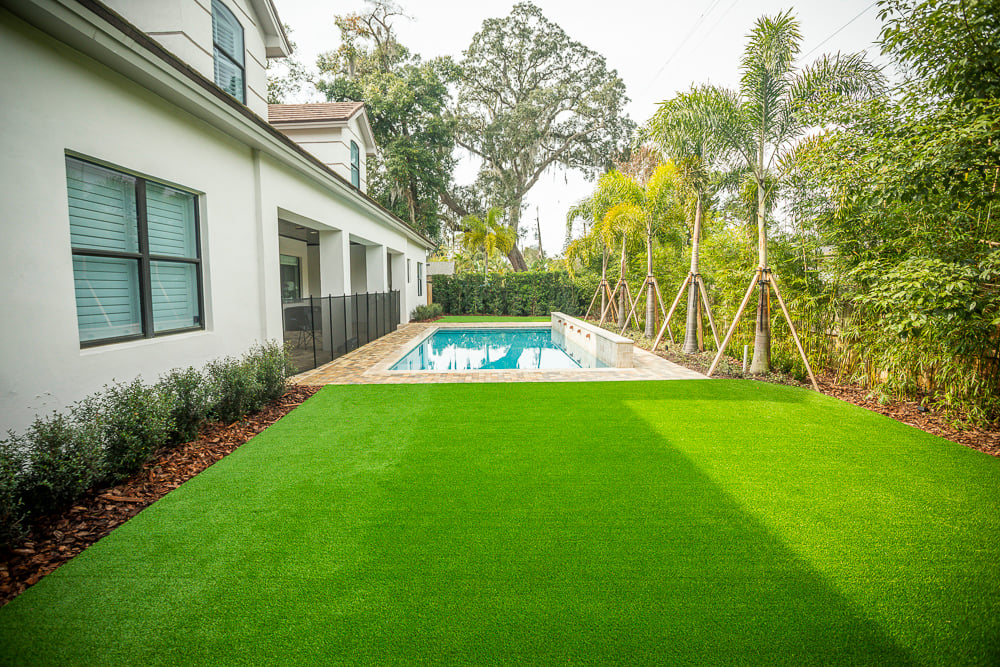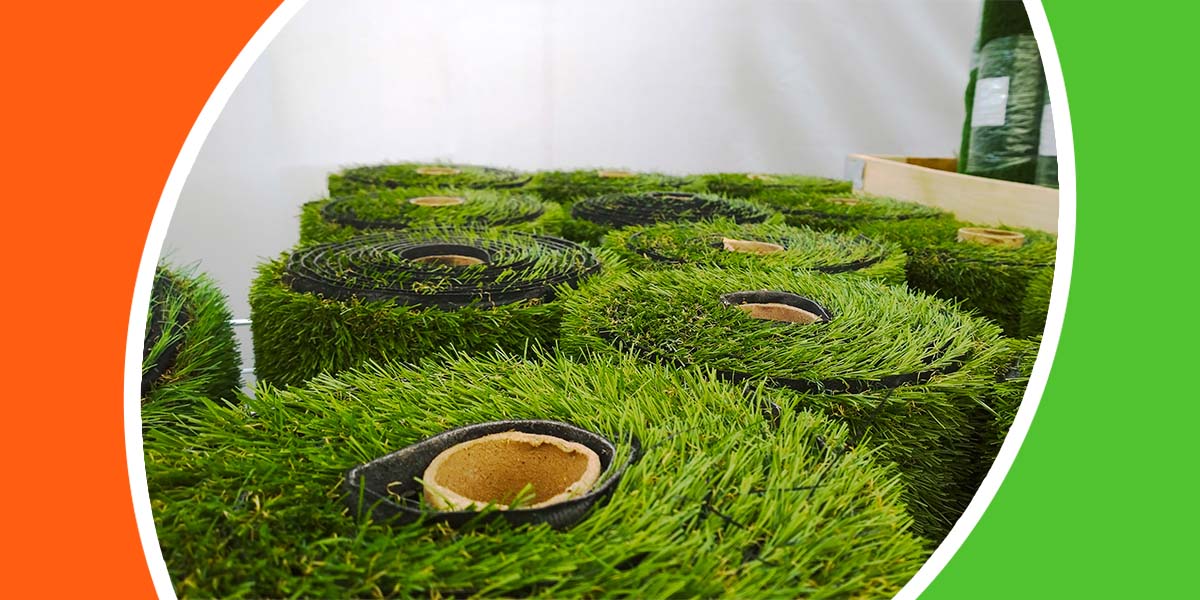Best Phoenix Turf Companies Specializing in Synthetic Grass Solutions
Best Phoenix Turf Companies Specializing in Synthetic Grass Solutions
Blog Article
Look Into the Environmental Benefits of Opting for Artificial Turf Solutions
The adoption of synthetic grass remedies provides an engaging possibility to deal with pressing environmental difficulties. By significantly minimizing water usage and minimizing the application of hazardous chemicals, these choices not just promote sustainable landscape design but also protect local communities. Moreover, the lower carbon footprint associated with reduced maintenance activities contributes to a much more sustainable approach to land administration. Nevertheless, the implications of these advantages prolong beyond mere preservation initiatives, questioning concerning their lasting influence on environment preservation and general ecological balance. Discovering these measurements exposes a complicated interplay worth considering.
Water Preservation Conveniences
One of the most significant benefits of artificial lawn is its capacity to conserve water. Conventional lawn yards require substantial watering, particularly in areas susceptible to dry spell or water limitations. In comparison, fabricated grass does not need watering, significantly decreasing the overall demand for water sources. This attribute is specifically valuable in arid regions where water deficiency is a pushing issue.
By removing the demand for routine watering, artificial turf contributes to sustainable landscape methods and helps alleviate the ecological impact of too much water consumption. The preservation of water extends to the reduction of drainage, which can lead to dirt erosion and river pollution.
Furthermore, the setup of fabricated turf allows municipalities and home owners to designate water sources extra successfully, focusing on necessary usages such as drinking water and farming. The shift towards synthetic grass not just advertises accountable water usage yet additionally straightens with more comprehensive environmental goals intended at maintaining all-natural sources.
As communities progressively prioritize sustainability, the water conservation benefits of man-made lawn offer an engaging situation for its fostering in commercial and household landscape design projects.
Lowered Chemical Usage
The transition to synthetic grass significantly decreases the dependence on chemical treatments typically used in all-natural turf upkeep. Typical turf monitoring commonly involves the application of pesticides, herbicides, and fertilizers to promote growth and control insects. These chemicals can present threats to human wellness, local wild animals, and the environment, adding to dirt and water contamination.
In comparison, artificial lawn removes the demand for these hazardous materials. Once set up, it needs very little maintenance, primarily consisting of routine cleaning and seldom infill replenishment. This decrease in chemical usage not just profits the immediate atmosphere yet also adds to broader environmental security. By lessening the release of synthetic substances into the community, synthetic grass advertises healthier dirt and water supply.
Furthermore, the absence of chemical runoff connected with synthetic grass installments aids shield neighborhood waterways from contamination, supporting water life and maintaining biodiversity. Turf installation phoenix az. As areas significantly focus on lasting techniques, deciding for synthetic grass offers a feasible remedy that aligns with ecological preservation goals. Through this shift, home proprietors can take pleasure in lavish eco-friendly rooms without endangering ecological health, leading the way for a much more sustainable future
Reduced Carbon Impact

Moreover, the setup of synthetic grass can result in considerable water preservation. Natural lawns need significant quantities of water for watering, which not web link only adds to the carbon footprint related to water extraction and treatment but additionally strains neighborhood water sources. In comparison, synthetic grass requires minimal upkeep, calling for no watering, consequently dramatically reducing water use and its associated power prices.
Furthermore, the long life of synthetic grass adds to its reduced carbon impact. With a life expectancy of approximately 15 years or more, the need for frequent replacements is diminished, causing much less waste and lower energy consumption in manufacturing and taking care of traditional yard choices. Overall, synthetic grass offers a lasting alternative for eco mindful landscaping.
Environment Conservation
Habitat conservation is a crucial factor to consider in the dispute over landscaping options, especially when comparing artificial grass to natural grass. All-natural grass lawns frequently need substantial upkeep, including making use of herbicides, fertilizers, and pesticides, which can detrimentally impact local ecological communities. These chemicals can leach into the dirt and rivers, hurting native vegetation and fauna and interfering he said with neighborhood habitats.
Fabricated lawn removes the demand for dangerous chemicals, thereby protecting nearby wildlife and keeping the stability of bordering ecosystems. The installment of artificial grass can lead to the conversion of former grass locations right into even more biodiverse landscapes, such as pollinator gardens or native plant locations, which can support neighborhood wild animals.
Eventually, the change to fabricated grass not just saves water and minimizes upkeep efforts but additionally fosters a more unified connection between human activities and the native environment, advertising habitat preservation while doing so.
Long-Term Sustainability
Lasting sustainability is an important consider assessing the advantages of synthetic grass over standard turf lawns. Among the most significant advantages of synthetic grass is its durability; it can last as much as 15-20 years with minimal upkeep, whereas all-natural lawn requires regular reseeding and replacement. This long life decreases the demand for continuous sources, such as water, fertilizers, and pesticides, which are necessary for maintaining a healthy and balanced grass yard.
Additionally, synthetic grass adds to a reduction in carbon exhausts related to grass care devices. Conventional grass typically require gas-powered lawn mowers, leaners, and blowers, all of which add to air contamination. Artificial turf companies phoenix. In contrast, man-made lawn eliminates the requirement for such tools, promoting a cleaner setting
Moreover, the production of synthetic grass significantly makes use of recycled materials, enhancing its sustainability profile. As suppliers adopt green practices, the environmental impact of fabricated turf continues to decrease.

Final Thought
The adoption of synthetic grass solutions presents considerable ecological benefits, More Help consisting of considerable water conservation, minimized dependence on harmful chemicals, and a lower carbon impact. Man-made grass help in maintaining all-natural environments by lessening land disturbance and promoting long-term sustainability via the use of durable products. Jointly, these aspects emphasize the capacity of synthetic grass to contribute positively to environmental wellness and use a sensible alternative to conventional landscape design techniques in a progressively resource-conscious globe.
In contrast, man-made grass does not need watering, substantially decreasing the overall need for water resources. By lessening the release of synthetic compounds right into the ecological community, fabricated grass advertises healthier dirt and water systems.
Additionally, the installation of fabricated turf can result in significant water preservation. In contrast, artificial grass requires minimal upkeep, calling for no watering, thus dramatically decreasing water usage and its linked energy expenses.

Report this page